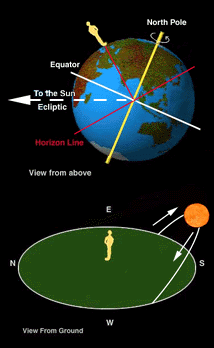A diagram of how the Sun moves through the sky on the winter solstice.
Click on image for full size
The Winter Solstice
Let's pretend, for the moment, that you're the person standing on the
Earth in the picture to the left, living in Topeka, Kansas, around
40° N
latitude. The picture on the
left shows the view from the solar system (upper panel), and from on
the surface of the earth (lower panel). Notice that some of the same
features are labelled on each panel.
The upper panel shows that on the winter solstice (which occurs around
December 21), the northern half of the Earth is tilted away from the
Sun. Notice that the Sun is south of the equator. For you in Topeka,
the altitude of the Sun at noon is 26.5°,
which is pretty low in the sky. That is the lowest the Sun gets at
that latitude. It has been getting lower and lower in the sky since
the summer solstice and through the autumnal
equinox. The bottom panel shows how the Sun moves through the sky
for someone standing on the ground in Topeka.
So, on the winter solstice, the northern hemisphere is getting less
direct sunlight than the southern hemisphere. This is winter for
people in the northern hemisphere. During the winter, the Sun is also
above the horizon for a shorter time than it is during the summer (the
nights are long). The winter solstice is the shortest day of the
year.
At this same time, the southern half of the Earth is tilted toward the
Sun. If you were living in Valdivia, Chile (about -40° S latitude)
you would be enjoying a nice warm summer.
How high the Sun get's in your sky, and how long it is above the
horizon during the day, depend not only on the season, but also on
your latitude.
You might also be interested in:
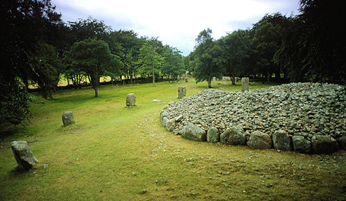
Not too far from Loch Ness, there lies three giant tombs made of stones. They are called the Balnuaran of Clava. The Balnuaran of Clava, giant tombs encased in stone, can be found close to Inverness in
...more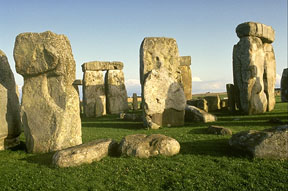
Many people are interested in the mysterious megalithic structures that can be found around the world. A megalithic structure is a ancient monument made of large stones. Megalith comes from Greek; "mega"
...more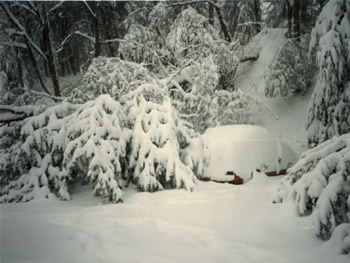
BLOW, blow, thou winter wind, Thou art not so unkind As man's ingratitude; Thy tooth is not so keen, Because thou art not seen, Although thy breath be rude. Heigh ho! sing, heigh ho! unto the green holly.
...more
Saturn's South Pole is very stormy. It is also surprisingly warm. A huge, hurricane-like storm is centered on the South Pole. Astronomers recently discovered that the pole is also warmer than any other
...more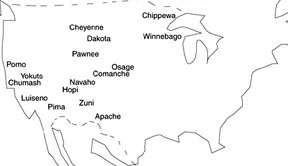
People from Asia crossed the Bering Strait into North America. These people were first in this new land and so they are known as Native Americans. Over time, these people broke into tribes (as seen on
...more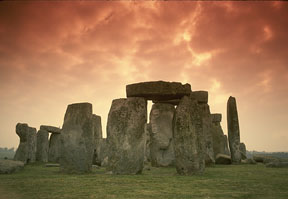
"The movements of the heavenly bodies are an admirable thing, well known and manifest to all peoples. There are no people, no matter how barbaric and primitive, that do not raise up their eyes, take note,
...more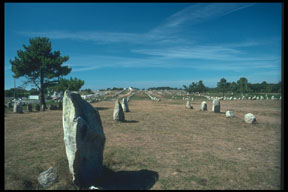
The stones of Carnac, France, are probably the most famous stones markings outside of those found at Stonehenge in England. There are many, many stones at Carnac. And these stones are very old too, the
...more


